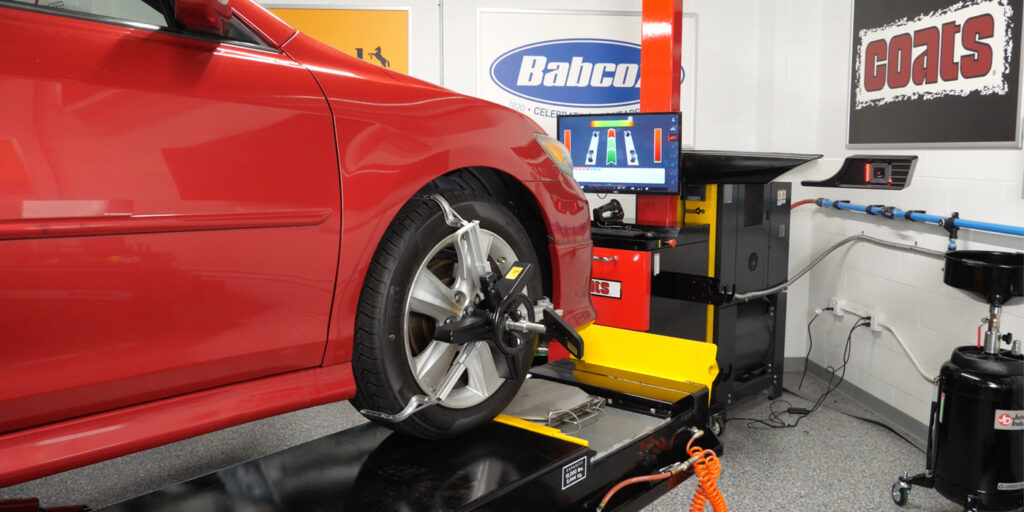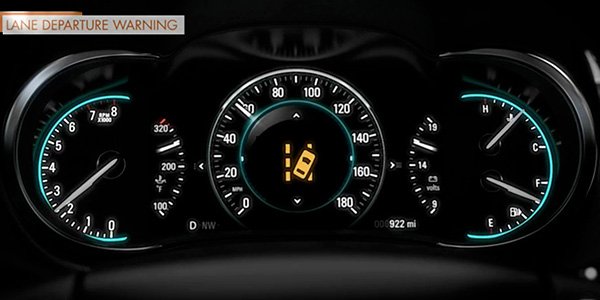Wheel alignment is not only critical in maintaining a tire’s longevity, but it’s also an integral part of driving safety. As Americans gravitate to more SUVs with larger and more expensive tires, proper alignment is of increasing importance as a way for your customers to maximize their investment.
Because wheel alignment is such an important part of tire service, shops should take a look at the tires and alignment anytime a vehicle is up on the lift for service. This will not only help you identify any problem areas, but it will also send the message to your customer that you’re monitoring the tires and undercar health of their vehicle.
While a variety of alignment technology exists today, a technician will save time and get accurate alignment angle measurements with the quick-measure feature on an aligner. This feature helps spot alignment angle problems quickly so that technicians can correct them and drivers can be on their way.
A good understanding of a vehicle’s alignment starts with the angles. Let’s do a quick review:
- Thrust angle is the rear axle’s relationship to the centerline of the vehicle. Thrust angle that’s out of adjustment can cause a crooked steering wheel as well as a dog-tracking condition. On a solid rear-axle vehicle such as a truck, this can usually be seen as a bent frame. For vehicles with independent rear suspensions, an out-of-alignment thrust angle can be caused by toe settings being off in opposite directions.
- Camber is the angle of the top of the tires when looking from the front. Camber can be adjusted at the top of the strut for front wheels or with a special kit for the rear wheels.
- Caster is the tilt of the steering axis, either tilted forward (negative) or back (positive).
- Toe is the angle most people are familiar with and is most visible to customers. It can be seen as the tires pointed inward (toe in) or outward (toe out) when viewed from the top.
When adjusting a vehicle’s alignment, technicians should always use a level alignment rack that is set on locks. The alignment rack should have the capacity to lift the vehicle that needs an alignment. about:blank
Technicians should also take their time when setting up the machine and pay attention to the proper alignment process such as setting tire pressure, unpinning turn plates and adjusting all angles in the correct order.
Service professionals should be thorough when conducting an initial test drive and inspecting the vehicle. A good shakedown of a vehicle to identify worn or damaged parts or tire wear can go a long way in ensuring the job is done right the first time.
Content provided by Coats Garage. For more information, visit coatsgarage.com.














